Elections in Iran
The elections scheduled to be held in Iran today will select a new parliament as well as the apex clerical body
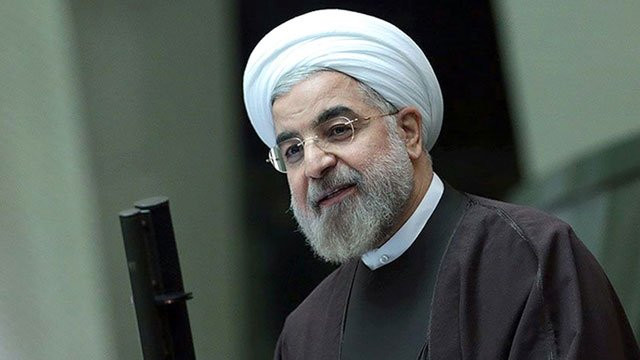
The elections scheduled to be held in Iran today will select a new parliament as well as the apex clerical body. PHOTO: AFP
Despite the lifting of sanctions, Iran remains in deep economic crisis and the economy is in need of major revision. Structural reforms are going to be necessary, likewise political reform — and on both counts there are going to be winners and losers. The political landscape has split in the last 10 years and there has evolved what may be termed a ‘pragmatic centre’ that has both reformists and hardliners in it. There are 55 million Iranians eligible to vote. It is an educated and informed electorate whether reformist or hardline, and ordinary Iranians, whatever their inclination see elections as their one chance to influence ‘the system’. President Rouhani has seen an uptick in his popularity since the nuclear deal and his supporters would like to see him continue the reforms he promised when he was elected in 2013. Powerful conservatives are resistant, and prior to the election, 6,000 candidates, mostly moderate or reformist, were disqualified by the all-powerful Guardian Council — which is anything but reform-minded. Supreme Leader Ayatollah Ali Khamenei has said that he expected the election to produce a parliament that would reduce interference by foreign powers. Iran is emerging on to the world stage as a powerful and assertive player, a reality that some may find difficult to adjust to.
Published in The Express Tribune, February 26th, 2016.
Like Opinion & Editorial on Facebook, follow @ETOpEd on Twitter to receive all updates on all our daily pieces.

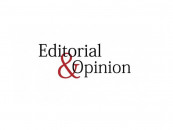
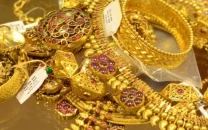
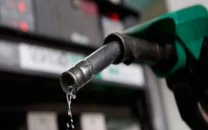
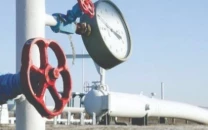
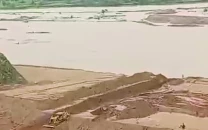
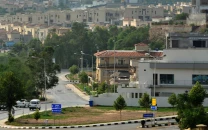
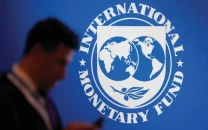
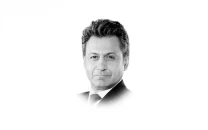
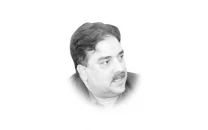
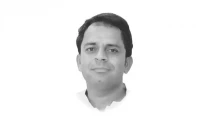
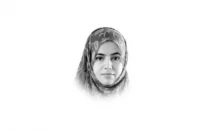
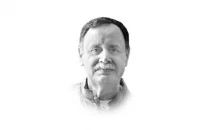
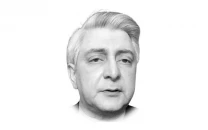
COMMENTS
Comments are moderated and generally will be posted if they are on-topic and not abusive.
For more information, please see our Comments FAQ